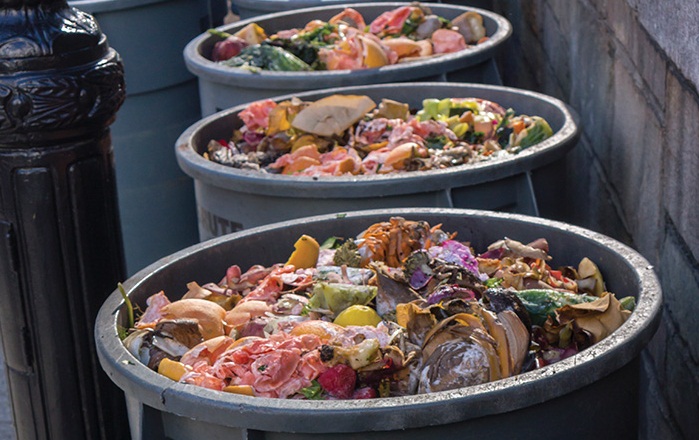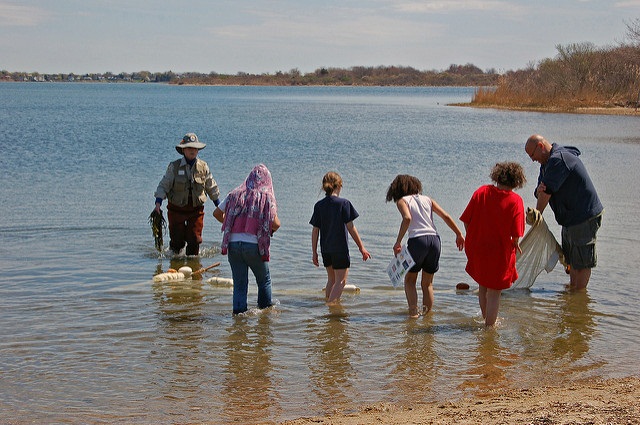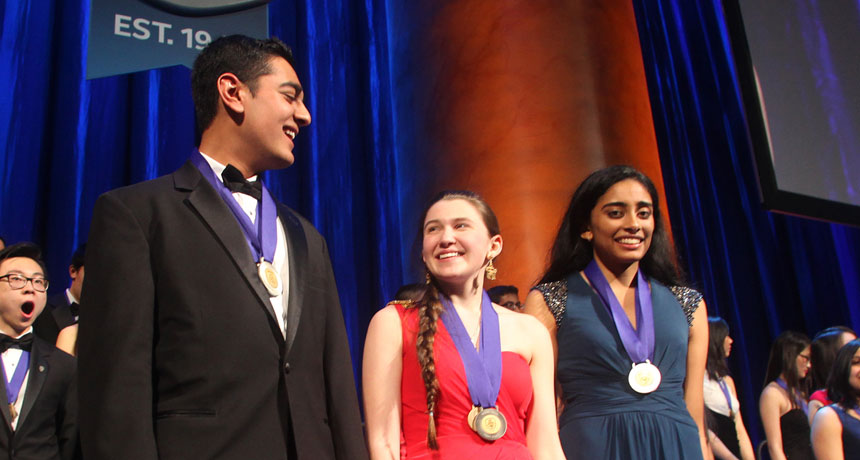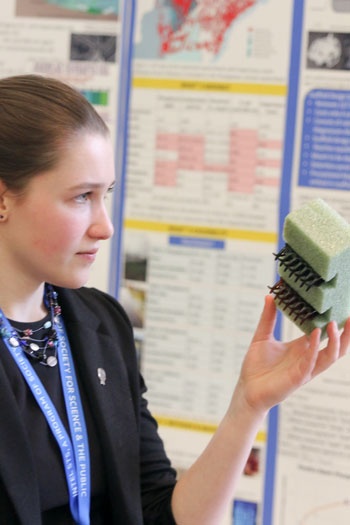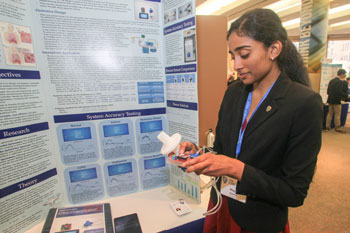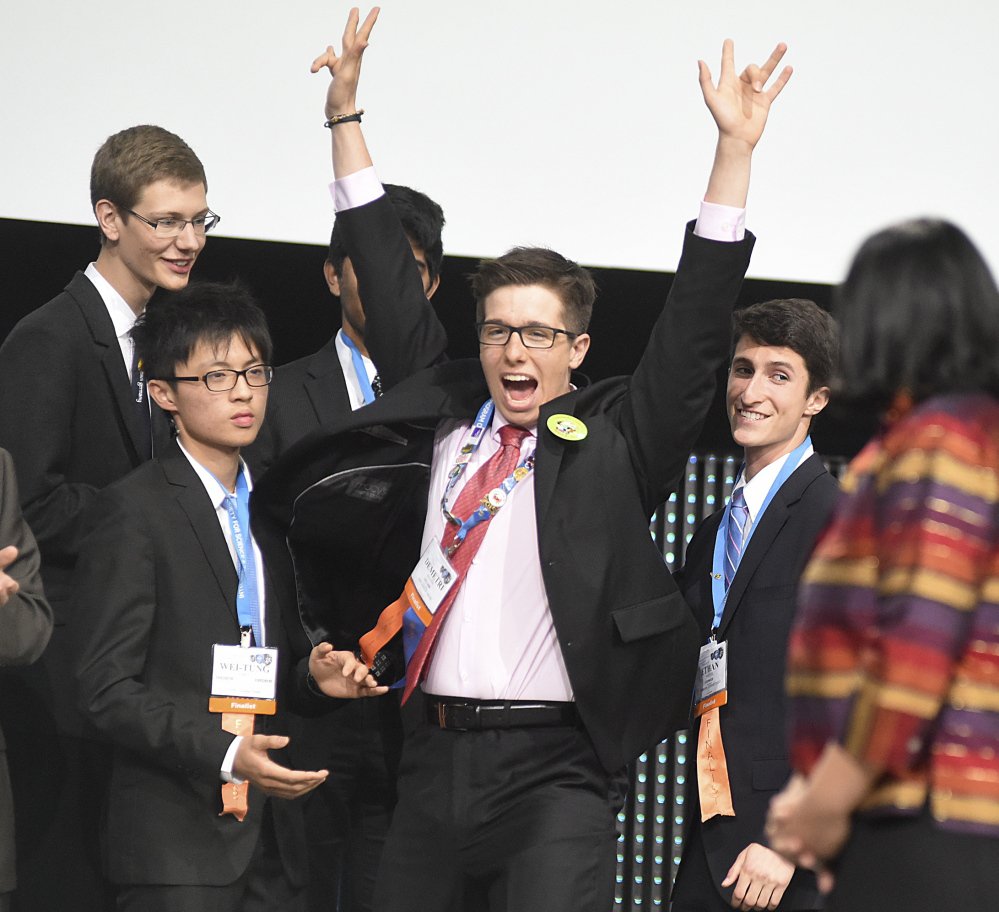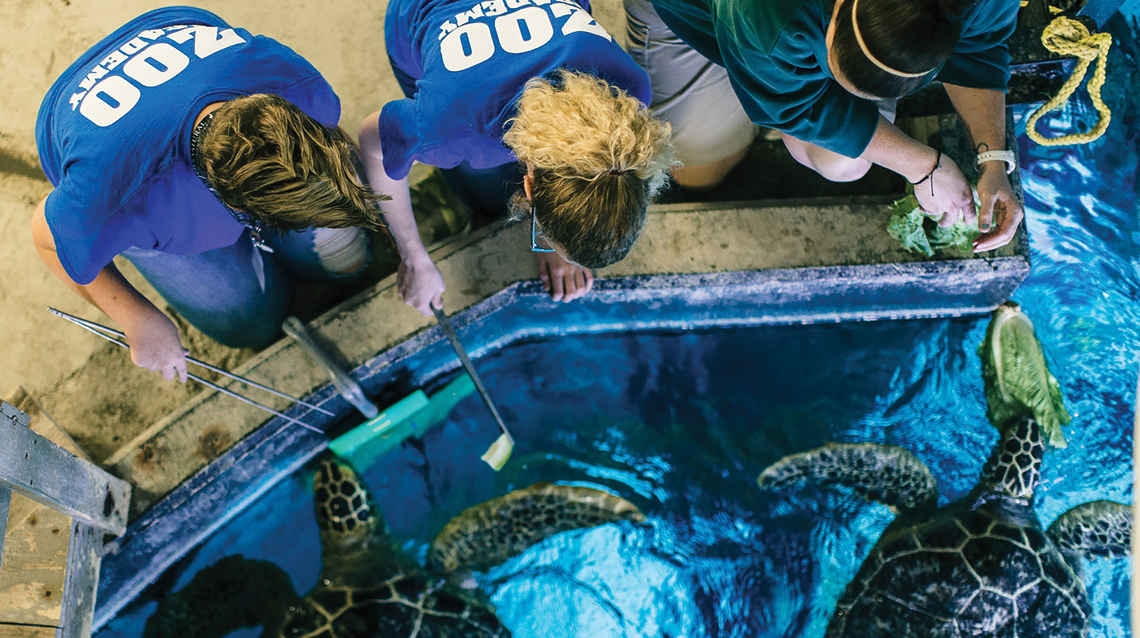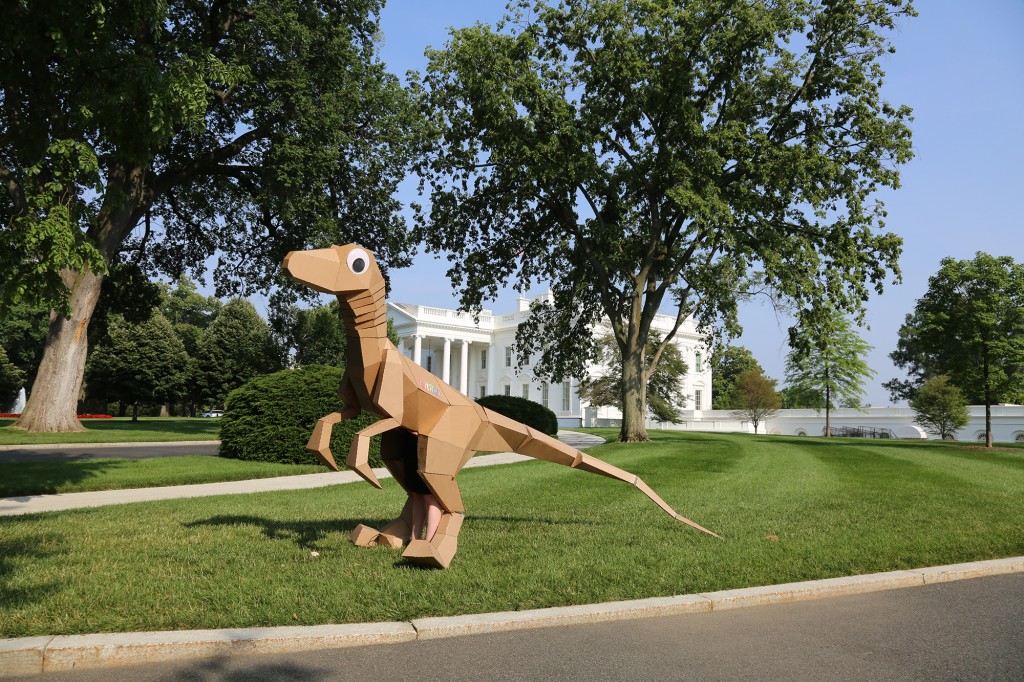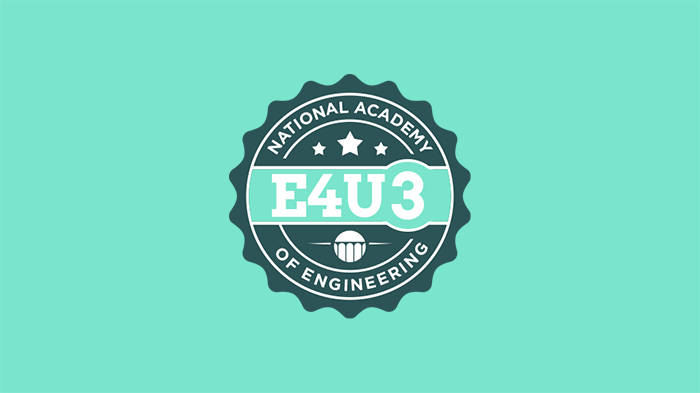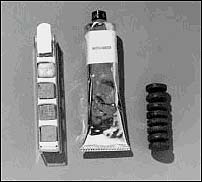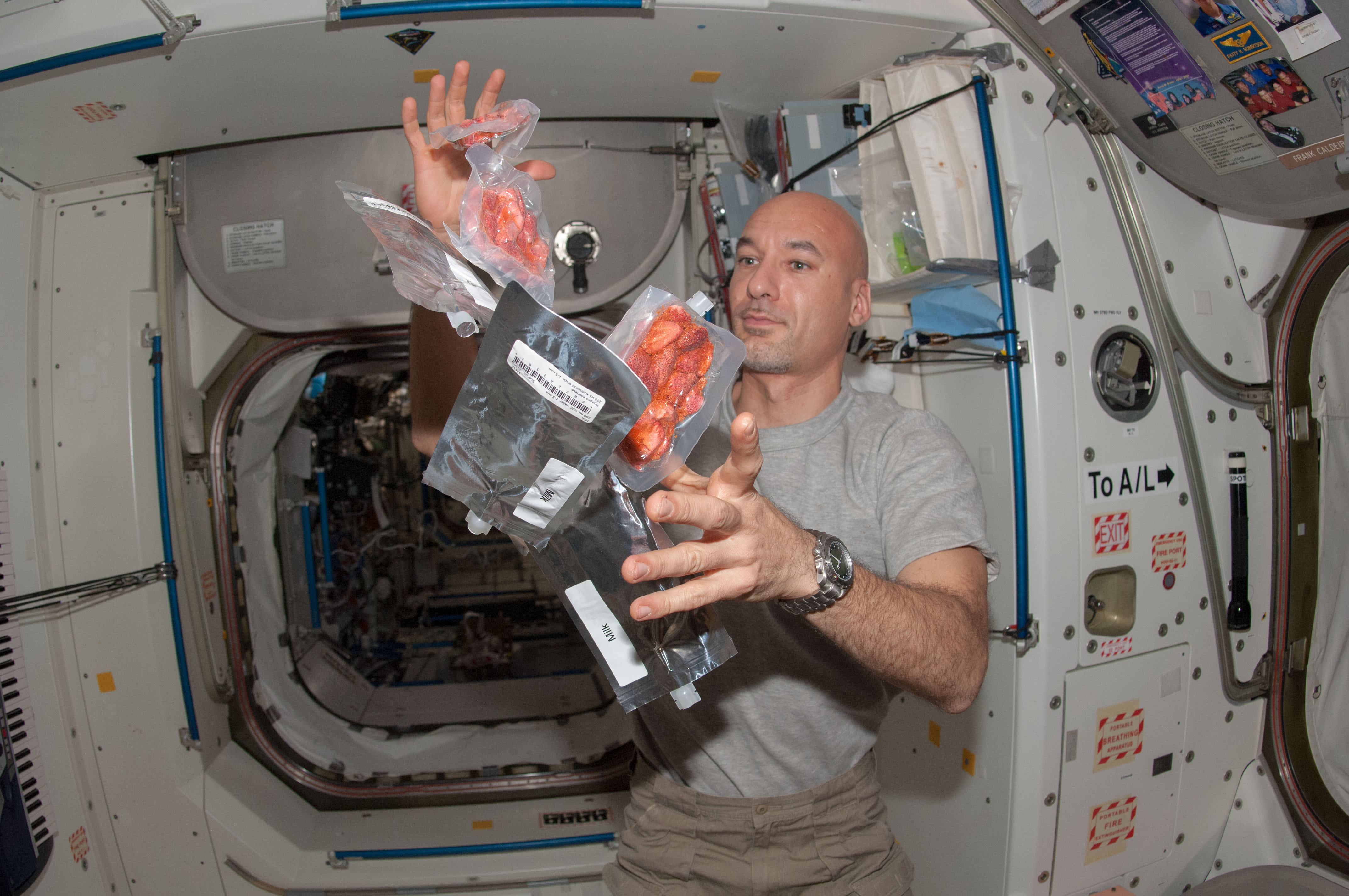
Teachengineering.org activity contributed by Tufts University’s Center for Engineering Educational Outreach.
Grade Level: 3-5
Time Required: 40 minutes
Cost Per Group: $1
Summary: After reading the story Dear Mr. Henshaw by Beverly Cleary, students will build an alarm system for something in the classroom, as the main character Leigh does to protect his lunchbox from thieves. Students will learn about alarms and use their creativity to create an alarm system to protect their lockers, desk, or classroom door. Note: this activity can also be done without reading “Dear Mr. Henshaw.”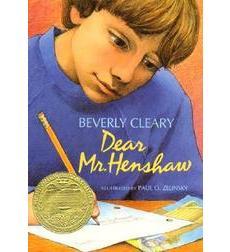
Engineering Connection: Engineers are constantly confronted with problems that must be solved as thoroughly as possible. Typically they will start with a simple solution and then redesign it in order to make the solution more reliable and efficient. Sometimes engineers are lucky and get it right the first time, but it is not unusual for a product to go through several redesign phases to improve the product.
Learning Objectives
After doing this activity, students will gain a better understanding of:
- The importance of alarm systems and where they are found.
- How to work in teams, with members having different roles.
- Design techniques and construction methods.
- Understanding the importance of cause and effect when designing an alarm.
Learning Standards
Next Generation Science Standards
Generate and compare multiple possible solutions to a problem based on how well each is likely to meet the criteria and constraints of the problem.
International Technology and Engineering Educators Association: Techology
- D. Tools, materials, and skills are used to make things and carry out tasks.
- H. Resources are the things needed to get a job done, such as tools and machines, materials, information, energy, people, capital, and time.
- K. Tools and machines extend human capabilities, such as holding, lifting, carrying, fastening, separating, and computing.
- L. Requirements are the limits to designing or making a product or system.
- D. Requirements for a design include such factors as the desired elements and features of a product or system or the limits that are placed on the design.
- D. When designing an object, it is important to be creative and consider all ideas.
- D. Invention and innovation are creative ways to turn ideas into real things.
- D. Identify and collect information about everyday problems that can be solved by technology, and generate ideas and requirements for solving a problem.
Materials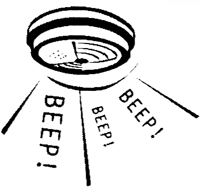
- Small bells (inexpensive)
- String
- Elastics
- Balloons
- Wires
- Marbles
- Paper towel tubes
- Pipe cleaners
- Popsicle sticks
- Paper cups
- Duct tape
- Typical classroom supplies (such as paper clips, paper, tape, glue, erasers, scissors, etc.)
- Group worksheet PDF (one per group)
- Rubric for Performance Assessment (one per group)
Introduction/Motivation
What is the purpose of a car alarm? It helps prevent thieves from stealing your car by triggering a loud alarm and drawing attention to the scene. How would you protect something that is valuable to you from being stolen if you were unable to watch it at all times? As an engineer, you must think of creative ways for protecting your locker, desk, or classroom door. Can you create a set of booby traps that will alert you if someone is trying to break in?
Engineers often work in teams. The advantage of working in a team is that everyone’s ideas can be combined to come up with a great idea. This concept of sharing ideas is called brainstorming.
Vocabulary/Definitions
Design: To plan and make something in a skillful way.
Procedure
Background
An alarm is a device that warns or signals, as by a bell, buzzer, or whistle. They work by having some type of unwanted action set them off. There are many different types of alarms. Some examples are: fire alarms, car alarms, alarm clocks, and security alarms.
Recommended Resources:
http://www.howstuffworks.com/inside-clock.htm
http://www.zetnet.co.uk/sea.jnp/earth.4/time.htm
http://www.howstuffworks.com/digital-clock.htm
Procedure
Teacher should gather materials to be used by students to build the alarms.
Introduce the topic of alarms to the students. Discuss the use of alarms in our daily lives and where they are found. If using the book, “Dear Mr. Henshaw,” discuss why Leigh built an alarm.
Explain to the students their goal: They must build an alarm system to protect something in the classroom using only the materials that you give them. Some ideas are to build alarms to protect the students’ lockers, desks, backpacks, the classroom door, or a window.
Identify the materials available to the students. Discuss any safety concerns that should be considered with these materials being used. Explain that the alarm system must consist of at least three steps, and should use the least amount of materials as possible.
Talk about and explain what a design is and why it is important. Explain your criteria for the grading of their designs. NOTE: you may want to begin with a one-step alarm, and make it more challenging by adding steps. Break the students up into groups of 3 or 4. They should collaboratively accomplish the task of building an alarm.
Ask students to draw the design of their alarm system on paper, including an explanation describing what their alarm does, how it works, and what materials were used.
Have each group present their final products to the class and explain how it works.
Investigating Questions
What are alarms used for?
Why do we need alarms?
Where do we find alarms?
Why did Leigh in “Dear Mr. Henshaw” need an alarm?
What do most alarms have in common?
What might we need an alarm for in the classroom?
Assessment
Rubric for Performance Assessment (pdf):
http://www.teachengineering.com/collection/wpi_/
activities/wpi_make_an_alarm/assessment_worksheet.pdf
References
Cleary, Beverly. Dear Mr. Henshaw. Camelot, New York, New York. 2000.
Owner: Center for Engineering Educational Outreach, Tufts University
Copyright: 2004 by Worcester Polytechnic Institute including copyrighted works of other educational institutions; all rights reserved.
Filed under: Class Activities, Grades K-5, Grades K-5, Lesson Plans | Comments Off on Class Activity: Make an Alarm
